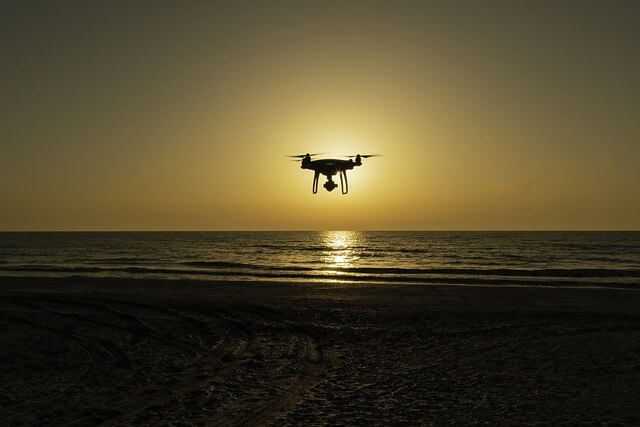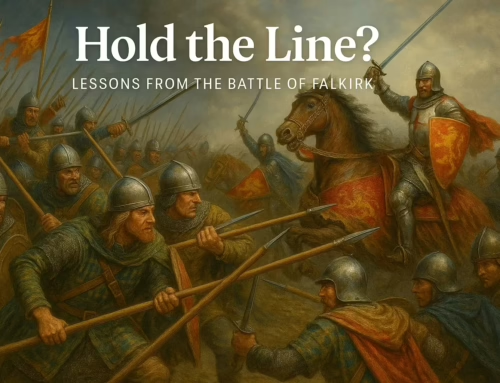Introduction
As the conflict in Ukraine continues to escalate, the role of synthetic training in preparing military forces for combat has become increasingly significant. Advances in technology, artificial intelligence, and data processing have allowed for the creation of highly realistic and immersive training environments, which are now being employed to hone the skills of military personnel in real time. In this article, we will explore the role of synthetic training in the current Ukrainian conflict, delving into specific examples of the technology being used and its potential impact on the overall outcome.
Defining Synthetic Training
Synthetic training involves using advanced computer simulations and virtual environments to train military personnel in various combat scenarios. This type of training enables soldiers, pilots, and other military specialists to practice and refine their skills in a controlled environment without the risks and costs associated with live training exercises. In the context of the current war in Ukraine, synthetic training is becoming an essential tool for preparing forces for the unique challenges of the battlefield. At Agincourt, we focus primarily on developing synthetic tactical and command training tools. We are developing BattleVR to assist with tactical troop training and Hawk to improve command training for leaders at the various stages of the command structure.
Implementing Synthetic Training in the Ukrainian Conflict
Real-time situational awareness
In the fast-paced and complex combat environment of the Ukrainian conflict, maintaining accurate situational awareness is crucial for the success of any military operation. Synthetic training systems can provide real-time updates on enemy positions, movements, and capabilities, allowing commanders to make informed decisions and adjust their tactics accordingly.

Synthetic Aperture Radar image of Teide
One example of this type of technology is the Synthetic Aperture Radar (SAR), used with ground-based and aerial platforms to provide high-resolution battlefield imagery. SAR systems can track moving targets and detect changes in the landscape, such as constructing enemy fortifications or moving armoured vehicles, allowing forces to respond quickly and effectively. SAR-generated models enable operational training to be developed and tested in a simulated environment against specific builds, locations and tactical positions. For example, near real-time information showing the physical layout of an enemy facility would enable a variety of strike mechanisms to be tested and practised to increase efficiency and improve the outcome.
Adaptive training for individual skill development
Synthetic training systems can be tailored to each trainee’s individual needs, allowing for targeted skill development and accelerated learning. For instance, pilots can practice flying in a range of simulated combat scenarios, from low-level ground attack missions to complex air-to-air engagements. This enables them to build proficiency in specific areas, such as aerial refuelling, evasive manoeuvring, or engaging enemy aircraft with advanced missile systems.
In the context of the Ukrainian conflict, adaptive training has allowed pilots to gain experience in dealing with advanced air defence systems such as the Russian S-400 system. This training allows for safe and cost-effective exposure to these threats, building the confidence and competence required to succeed on the battlefield.
Joint and coalition operations
As the conflict in Ukraine has drawn in military support from various nations, it has become essential for coalition forces to operate effectively together. Synthetic training provides an opportunity for joint exercises and collaborative planning, allowing military personnel from different nations to gain experience working alongside one another in a virtual environment.
For instance, NATO’s Joint Force Training Centre (JFTC) has been utilising synthetic training environments to simulate joint and multinational operations, allowing military personnel from various countries to refine their communication and coordination skills. This has proven invaluable in the Ukrainian conflict, as multinational forces work together to counter the adversary’s strategies and tactics.
Expanding on Synthetic Training Technologies
Artificial intelligence-driven adversaries

One of the most significant advancements in synthetic training is using artificial intelligence (AI) to generate adaptive and realistic adversaries. AI-driven systems can analyse trainees’ actions and responses, adapting their behaviour to provide an increasingly challenging and unpredictable training experience.
In the context of the Ukrainian conflict, AI-driven adversaries can simulate the tactics and capabilities of the opposing forces, exposing trainees to realistic enemy behaviours and strategies. This enhances their ability to anticipate and counter enemy actions, increasing their overall combat effectiveness.
Mixed reality and immersive training
Mixed reality (MR) combines virtual and augmented reality elements, creating an immersive training environment that blends digital simulations with the physical world. This technology allows trainees to interact with virtual objects and scenarios while maintaining a connection to their real-world surroundings.
In the Ukrainian conflict, MR has been employed to create highly realistic training scenarios that closely replicate the actual battlefield conditions. For example, infantry units can practice urban warfare tactics in simulated environments that accurately represent the layout and architecture of specific Ukrainian cities. This immersion level helps develop situational awareness, decision-making skills, and adaptability under pressure.
Networking and distributed training
Synthetic training systems can be networked, allowing multiple trainees to participate in coordinated exercises across vast geographic distances. This distributed training approach has significant implications for the Ukrainian conflict, as it will enable multinational forces to collaborate and train together without the need for costly and time-consuming travel.
For instance, a pilot based in the United States can participate in a joint exercise with ground forces stationed in Europe, all within a shared synthetic training environment. This fosters interoperability among coalition partners and allows for rapidly disseminating new tactics and strategies as they emerge on the battlefield.
Data-driven performance analysis
Synthetic training generates a wealth of data that can be analysed to assess the performance of individual trainees and units. This information can identify areas of strength and weakness, informing the development of tailored training programs and targeted skill development.
In the Ukrainian conflict, data-driven performance analysis can be used to evaluate the effectiveness of specific tactics and strategies, providing valuable feedback to commanders and military planners. This feedback loop allows for the continuous improvement and adaptation of military operations, increasing the likelihood of mission success.
Ethics and the responsible use of synthetic training
As with any technology, the use of synthetic training in the context of the Ukrainian conflict raises critical ethical considerations. While the ability to train and prepare military personnel without the risks associated with live exercises is undoubtedly beneficial, ensuring that this technology is used responsibly and ethically is essential.
This includes the consideration of potential biases in the design and implementation of synthetic training scenarios, as well as the responsible handling of data generated by these systems. Military organisations must remain vigilant in ensuring that potential ethical pitfalls do not overshadow the benefits of synthetic training.
Conclusion
Synthetic training has emerged as a critical component of military strategy in the ongoing conflict in Ukraine. Advances in technology, AI, and data processing have created highly realistic training environments that are invaluable in preparing military personnel for the challenges of modern warfare. From real-time situational awareness to joint and coalition operations, synthetic training plays a pivotal role in shaping the future of military strategy and combat readiness. As the Ukrainian conflict continues to evolve, the importance of synthetic training in shaping the outcome cannot be overstated. If you’d like to know more about how our tools are helping to shape the world of synthetic training and how they can help with your requirements, please get in touch






